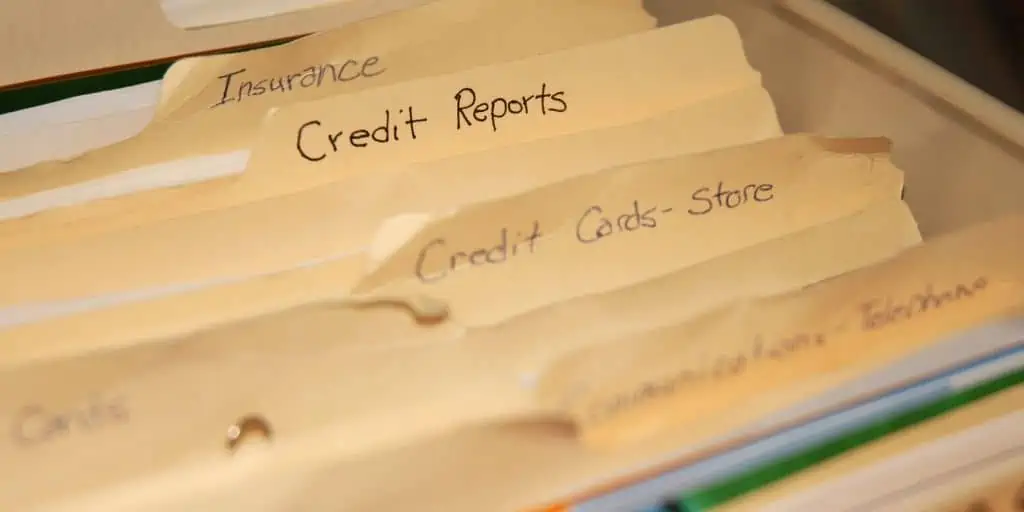What Is an Overdraft?
REtipster does not provide tax, investment, or financial advice. Always seek the help of a licensed financial professional before taking action.
How Does an Overdraft Work?
An overdraft occurs when a bank or credit union customer tries to fund a transaction or withdraw cash at an amount that exceeds their current account balance. When this happens, the bank, credit union, or lender processes the overdrafted amount balance through the account, which leads to the account holder incurring debt.
Transactions that can be overdrafted include cash withdrawals, checks, purchases using a debit card, and automated bill payments[1]. An account that has experienced an overdraft is said to be overdrawn.
Most lenders and banks offer overdraft coverage and/or protection[2], where they can extend credit to the account holder for the outstanding amount in exchange for a fee. These fees are in addition to requiring repayment of the overdraft amount. Some lenders may also link the borrower’s current account to a savings account, credit card, or line of credit, which automatically covers the outstanding amount without the lender using its funds.
Banks and credit unions have different fees associated with overdraft protection, including the interest on the outstanding amount. However, this interest is often lower[3] than similar products with a revolving line of credit, such as credit cards, making an overdraft a low-cost, emergency solution to cash shortage.
However, like any form of credit, it is beneficial to borrowers only when repaid promptly. Otherwise, overdraft fees and interest rates, including the principal, can quickly snowball and become disproportionately expensive.
What Impact Does An Overdraft Have on Your Credit Score?
An overdraft usually has no direct negative impact on the account holder’s credit score. Most banks only submit information to credit bureaus like Equifax, TransUnion, and Experian once a month, so overdrafts that are cleared promptly (and do not go over the limit) will not reflect on the borrower’s credit standing.
However, keeping account balances above zero is vital in maintaining a good credit score. An unpaid negative balance in a bank account will eventually go to a collection agency. This collection account could be included in the borrower’s credit report, thus hurting their score[4].
In some instances, overdrafts can even benefit one’s credit score. As long as the borrower uses it in a sensible manner (i.e., does not go over the limit and pays all fees as soon as they are able) and they do not resort to an unauthorized overdraft[5], lenders will see that the borrower pays their debt consistently, which can increase the borrower’s credit score.
RELATED: 12 Types of Fees Banks Charge and How to Avoid Them
Overdraft Coverage and Protection
Banks and credit unions offer an overdraft facility in two ways, namely:
- Overdraft coverage. A bank advances cash to their customers with insufficient funds in their account to cover a purchase. The bank/credit union charges a fee for each overdraft. Higher fees are charged for overdraft coverage, and at many banks, these can range over $35[6].
- Overdraft protection. A bank allows customers to link their checking account to a savings account or a credit card[7]. Shortfalls in the checking account charges can then be transferred to the linked accounts[8]. A small transfer fee is typically charged for this service[9].
BY THE NUMBERS: Nearly 1 out of 5 Americans with bank accounts have experienced an overdraft.
Source: The PEW Charitable Trusts
Limits and Types of Overdrafts
Customers can incur multiple overdrafts (and thus multiple fees in a day), depending on their bank’s overdraft policies. These guidelines vary, but many banks will cap overdrafts to four per day[10].
A bank will usually allow its customers to have an overdraft in the range of $100 to $1,000. A customer’s overdraft amount limit will be at the bank’s discretion. This limit is determined based on a customer’s credit rating, age, and earnings.
In addition, the fees charged on an overdraft depend on the type of overdraft. There are two types of overdraft: authorized and unauthorized.
Authorized Overdraft
An authorized overdraft means the borrower and lender have agreed to an overdraft in advance. Both parties agree on a borrowing limit applicable to any payment method.
The fee is usually charged daily, weekly, or monthly, plus interest. These rates can be as high as 15% to 20% annual percentage rate (APR)[9].
Unauthorized Overdraft
On the other hand, an unauthorized overdraft has not been agreed upon by the two parties beforehand. This situation arises when the account holders pick up an overdraft beyond the agreed-upon limit with their bank.
Unauthorized overdrafts incur higher fees than authorized overdrafts.
BY THE NUMBERS: One out of 11 Americans spends $350 or more yearly in overdraft fees.
Source: The Brookings Institution
Fees Associated With Overdrafts
Banks can charge multiple fees in an overdraft. The amounts are similar, but their rules on how each fee works sometimes differ.
There are four main overdraft fees[11]:
Overdraft Fee
This is the standard fee charged each time the bank approves a transaction that exceeds the account holder’s available balance. However, banks typically do not charge fees on overdrafts of less than $5.
The daily limit on overdraft fees varies among banks, though four to six charges per account per day are common.
NSF Fee
Banks impose an NSF (non-sufficient funds) fee each time they reject a transaction that overdraws an account’s balance. Almost all banks charge the same amount of NSF and overdraft fees. Banks can only charge either an overdraft fee or an NSF fee in an overdraft situation.
Some banks, however, count the fees separately in determining their daily limits. This process can result in an account holder paying eight separate fees in a day.
Overdraft Protection Fee
Also called the overdraft transfer fee, an overdraft protection fee is charged each time a bank arranges a fund transfer of an overdraft to another account, normally the customer’s. Usually, a savings account is the link used to cover the overdraft.
That said, the customer must opt-in to activate this overdraft link. Banks cannot legally include this transfer as an automatic current account feature.
Extended Overdraft Fee
This fee is charged as long as the account balance remains negative for a given number of days. Typically, banks give their account holders seven calendar days or five business days to fix their balance before this fee is charged.
Some banks impose this fee once every five days past this grace period; others charge this fee daily until the account balance is fixed.
Takeaways
- An overdraft occurs when a borrower funds a transaction or withdraws money whose amount exceeds their current account balance. The bank or lender may still process the transaction through the borrower’s account, and the outstanding amount becomes debt.
- Repaying an overdraft, along with interest and fees, is crucial so it will not reflect negatively on one’s credit score. On the flip side, using it sensibly may also increase the borrower’s credit score.
- There are two types of overdraft: authorized and unauthorized. An authorized overdraft is an arrangement between the borrower and the lender, with some terms and limits. An unauthorized overdraft is the opposite, which also incurs higher fees.
Sources
- Bruce, L. (2007.) Courtesy Overdraft: Bad for Customers. Bankrate. Retrieved from https://www.bankrate.com/banking/checking/courtesy-overdraft-bad-for-customers/
- Anthony, S. (2020.) What Are Overdrafts and How Do They Work? Bankrate. Retrieved from https://www.bankrate.com/uk/current-accounts/how-do-overdrafts-work/
- Fontinelle, A. (2021.) Overdraft or Credit Cards: Which Is Better to Borrow Money? Investopedia. Retrieved from https://www.investopedia.com/ask/answers/071114/whats-better-way-borrow-money-overdraft-or-credit-cards.asp
- Medine, T. (2021.) What Are Overdraft Fees and How Much Do They Cost? Experian. Retrieved from https://www.experian.com/blogs/ask-experian/what-are-overdraft-fees/
- Experian UK. (n.d.) How does an overdraft affect your credit score? Retrieved from https://www.experian.co.uk/consumer/guides/overdraft-credit-score.html
- Kagan, J. (2021.) What Is an Overdraft? Investopedia. Retrieved from https://www.investopedia.com/terms/o/overdraft.asp
- Payne, K., Foreman, D. (2021.) Understanding Overdraft Protection and Fees. Forbes. Retrieved from https://www.forbes.com/advisor/banking/understanding-checking-account-overdraft-protection-and-fees/
- Delmonik, J. (2019.) Banks That Let You Overdraft Right Away. Overdraft Apps. Retrieved from https://overdraftapps.com/banks-that-let-you-overdraft-right-away/
- Corporate Finance Institute. (n.d.) What Is a Bank Account Overdraft? Retrieved from https://corporatefinanceinstitute.com/resources/knowledge/finance/bank-account-overdraft/
- White, A. (2020.) What Is Overdraft Protection and How Does It Work? CNBC Select. Retrieved from https://www.cnbc.com/select/what-is-overdraft-protection-and-how-does-it-work/
- Moon, C. (n.d.) Bank Overdraft Fees: What Are They and How Much Do Banks Charge? ValuePenguin. Retrieved from https://www.valuepenguin.com/banking/bank-overdraft-fees










